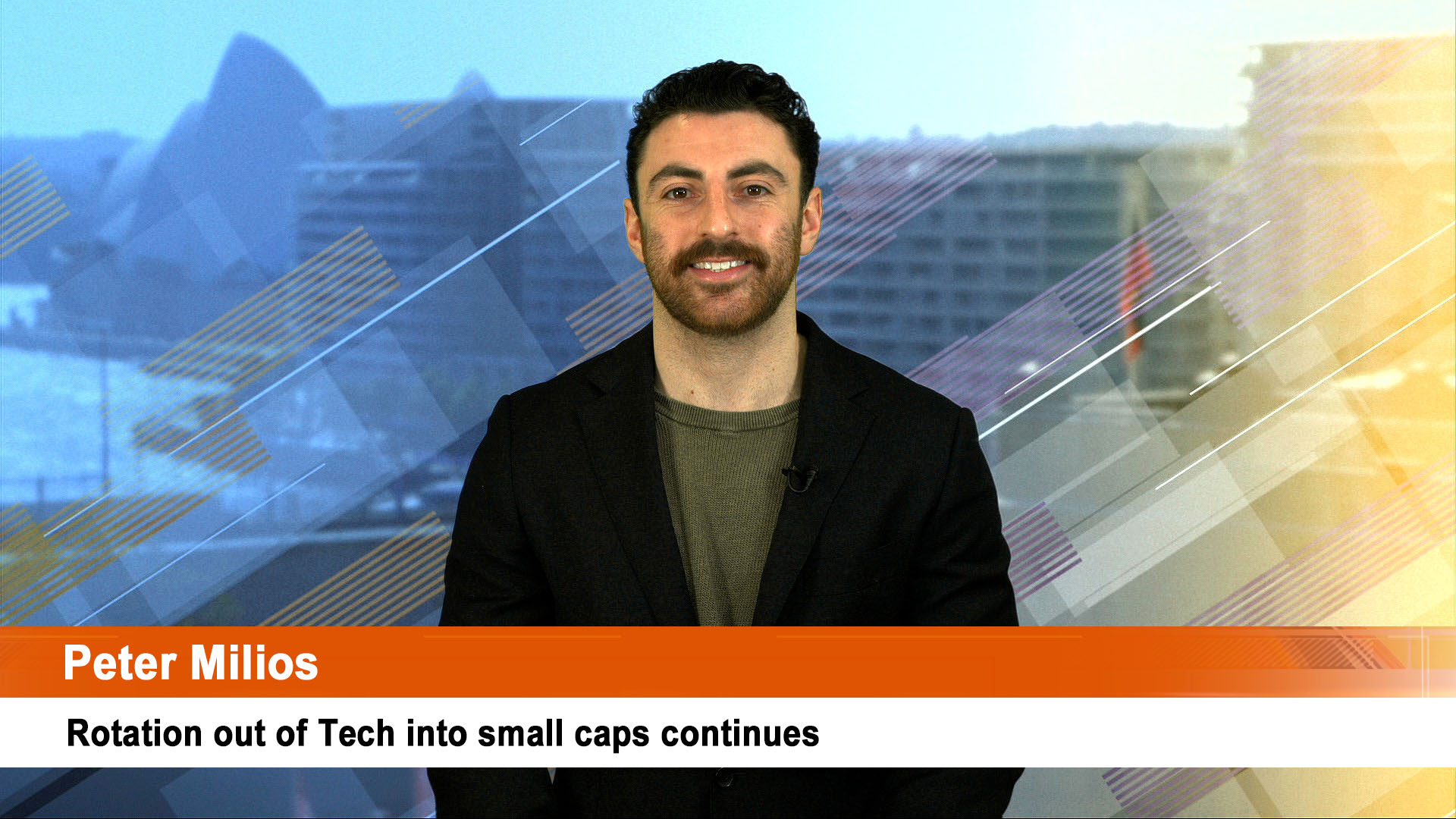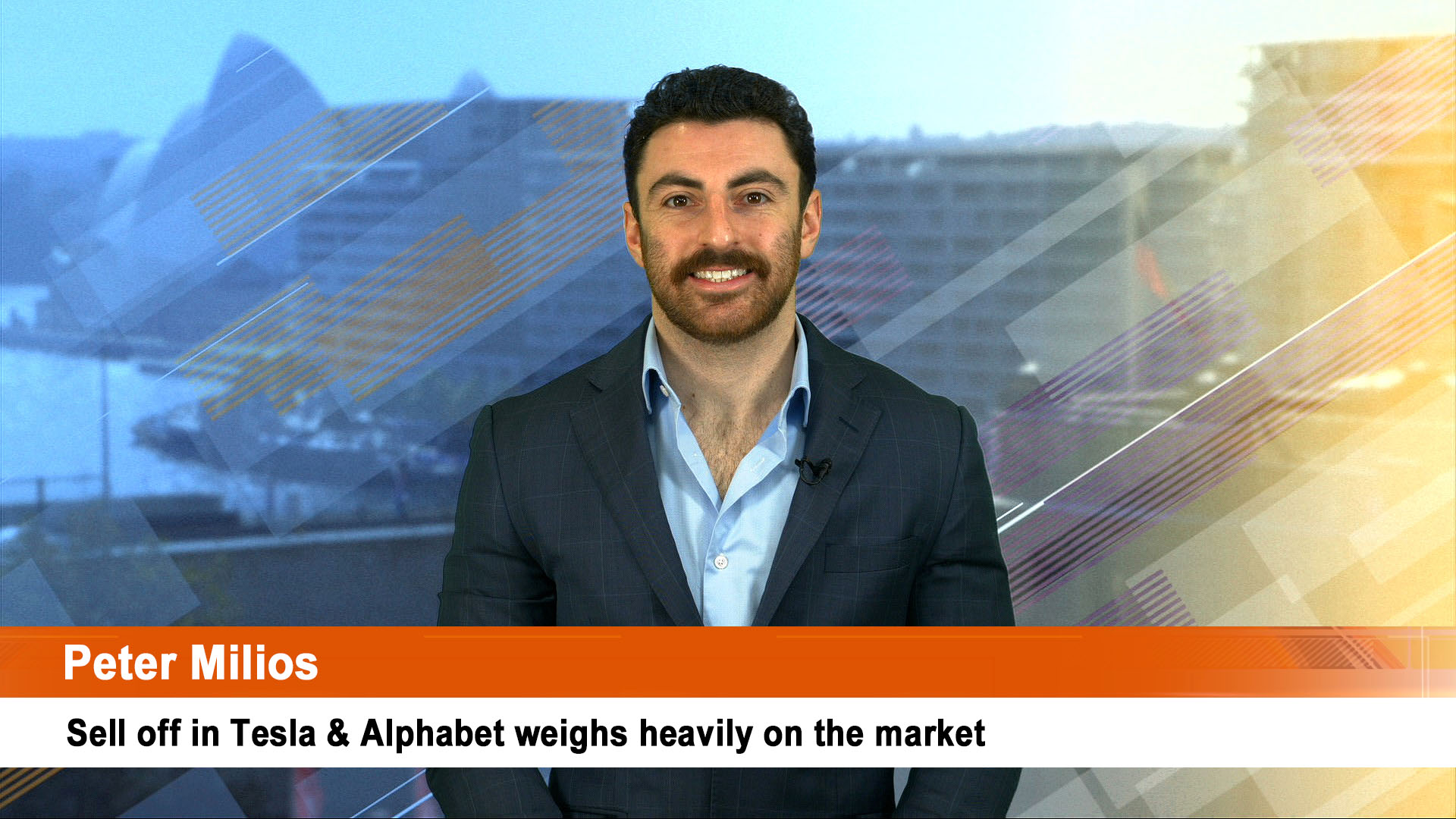The week brings with it the big question for American investors especially: will the Fed and US inflation data derail the Wall Street’s return to a bull market, or will overly optimistic investors keep buying even if the data is not reassuring.
The first big test will be US May consumer inflation tonight night, (Sydney time) and then the latest Fed decision early Thursday morning. A higher-than-expected inflation figure for headline and core consumer prices could really whack sentiment on the head.
And while the Fed is expected to sit on rates, more than a few investors are not as confident now that the Reserve Bank here and its Canadian counterpart lifted rates last week while the likes of Moody’s economics team say we can’t rule out a rise.
The bulls have stopped thinking and worrying about inflation, the Fed and interest rates – they are on their narrow tech jag and are hell bent to making as much money as possible, especially from AI.
That thinking saw Wall Street edge up to another weekly gain last week. The S&P 500 was up 0.39%, its fourth straight winning week — a feat it last accomplished in August.
The Nasdaq rose 0.14%, posting its seventh straight winning week — its first streak of that length since November 2019. The Dow added 0.34%.
Tesla’s 12% rise last week (4% on Friday) helped push the Nasdaq and S&P higher. The EV maker’s 126% gain year to date in 2023 has helped drag the S&P 500 back into a bull market (a 20% gain from its most recent lowest point – in this case last October), with a big assist from Apple especially and big gain.
Most of the gains for the S&P 500 this year have come from just a small group of stocks, which critics say is unsustainable. Apple (+44%), Microsoft (+36%), Amazon (44%) Alphabet (+37%) and chipmaker, Nvidia (170%) have driven the surge – Nvidia especially in the last month or so.
With the S&P 500 up 12% so far this year (the ASX 200 is up just 2.5% year to date), these giants have all outpaced the index. Their huge size gives their movements extra weight on the index, while nearly half the stocks in the index have dropped so far in 2023.
Apple shares were valued at a massive $US2.85 trillion last Friday.
AP News crunched some numbers in a report at the weekend and found that the previous bull market started on March 23, 2020, as the market recovered from a lightning-fast bear market caused by the onset of the global pandemic.
“Analysts point out that that bull market was the shortest dating back to 1932, lasting about 21 months, according to data from S&P Dow Jones Indices. Still, the S&P 500 more than doubled (up 114.4%).”
Since 1932, bull markets have lasted an average of nearly 5 years and the S&P 500 sees a gain of 177.8%. The longest bull market started in March 2009, near the end of the Great Recession, and roamed Wall Street for almost 11 years until laid low by the first wave of the pandemic.
By entering a bull market, the S&P 500 effectively put an end to the bear market that began on Jan. 3, 2022. Officially, the bear market is considered to have ended on October12, 2022, AP News reported on the weekend.
The now-dead bear market lasted about nine months and saw a drop of 25.4%. It was rather tame as far as bear markets go.
Could a combination of persistent inflation and a Fed rate rise end this bull market – at least for a while?
“We’re seeing indications that the economy is going to be more resilient to headwinds,” said Tim Murray, a capital market strategist in T Rowe Price’s multi-asset division. “There’s reason to believe that the pessimism we saw at the start of the year is giving way to a stronger-than-expected market,” he told Reuters late last week.
With the holiday here, the 20+-point dip on Friday in the ASX 200 SPI won’t have much impact – it will be the Monday trading on Wall Street that carries investor sentiment heading into the short week.
The ASX 200 rose 0.22% on Friday, trimming the week’s loss to 0.32%.













